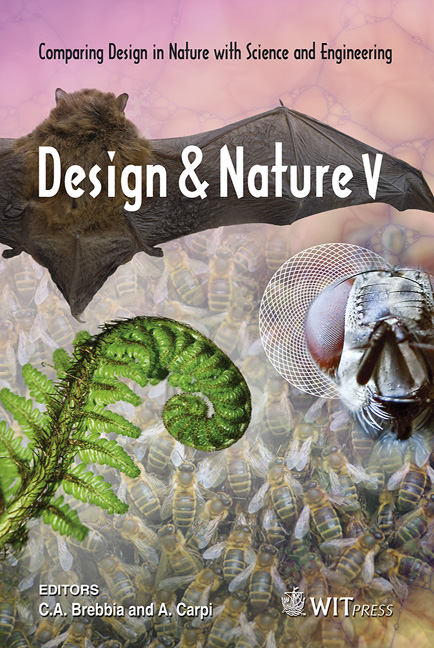An Algorithm For Constructing A Truss Network With The Modular Truss-Z System For Pedestrian Traffic In A 3D Environment
Price
Free (open access)
Transaction
Volume
138
Pages
12
Page Range
53 - 64
Published
2010
Size
6,069 kb
Paper DOI
10.2495/DN100061
Copyright
WIT Press
Author(s)
M. Zawidzki
Abstract
An algorithm for creating a truss network with the truss-Z system in a 3D environment with obstacles is demonstrated. This modular truss system is designed for pedestrian traffic and connects any given number of points in space (terminals), allowing \“branching” and \“looping”. The concept of the truss-Z is based on a universal module that is subject to geometrical transformations, allowing the construction of a structural link along virtually any 3D path. The emerging form of the structure has organic aesthetic qualities. The elements of the environment model real obstacles, such as roads, buildings and watercourses, which may constrain both the run of the truss and the placement of the supports. An example of a truss-Z network connecting six terminals in an environment with three solids is shown. Keywords: modular, truss system, 3D, organic, skyway, emergence. 1 Introduction The purpose of this project is to develop a construction system for pedestrian walkways that is extremely flexible and inexpensive [2]. Flexibility: the system can realize a large number of geometrical tasks and one segment of the truss system can link efficiently any two terminals in 3D space. The system also supports branching of segments and (closed) loops. Inexpensiveness: the system is modular with the run of the truss composed of only two modular elements. The supporting system is based on a single member. Elements are meant to be prefabricated in large numbers and assembled on site (preferably without the necessity for heavy equipment) or can be made on site using templates and locally available materials (for example timber in a forest).
Keywords
modular, truss system, 3D, organic, skyway, emergence





